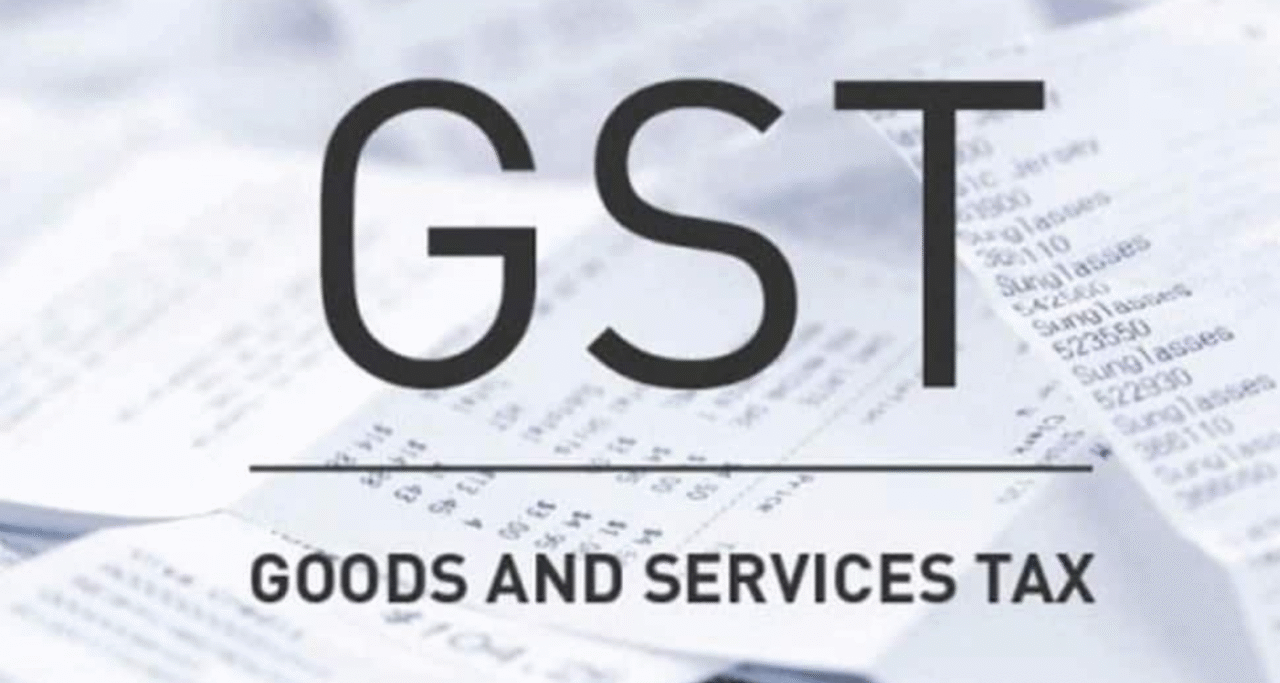The Goods and Services Tax (GST), introduced on 1st July 2017, is India’s most significant indirect tax reform since Independence. Over eight years, GST has steadily evolved through rate rationalisation and digitalization, becoming the backbone of India’s indirect tax framework.
The 56th meeting of the GST Council, chaired by Union Finance Minister Smt. Nirmala Sitharaman has now approved Next-Gen GST reforms, with focus on improving the lives of the common man and ensuring ease of doing business for all, including small traders and businessmen.
Next-Gen GST reforms build on GST’s success with a simplified 2-tier structure, fairer taxation, and digital filing for ease and faster refunds. The shift to a two-slab system of 5% and 18%, removing the earlier 12% and 28% rates, will make taxation more transparent and easier to follow. At the same time, a 40% on luxury and sin goods such as pan masala, tobacco, aerated drinks, high-end cars, yachts, and private aircraft ensures fairness and revenue balance.
About 99% of all goods previously taxed at 12% have now come down to 5%. Rates on over 300 items—including dairy products, medicines, insurance, and consumer goods—were reduced to either 5% or nil. The new rates will apply from September 22.
Here is a sector-wise follow-up of the reforms and their expected impact.
- Food and Household Sector
- Dairy Products like Ultra-High Temperature (UHT) milk, Pre-packaged and labelled chena or paneer, all the Indian Breadswill see NIL
- Household goods like soaps, shampoos, toothbrushes, toothpaste, tableware, bicycles now at 5%.
- Food items such as packaged namkeens, Bhujia, Sauces, Pasta, Chocolates, Coffee, Preserved Meat etc. reduced from 12% OR 18% to 5%.
- Consumer durables:TVs (LCD/LED) (> 32’), ACs, dishwashers: 28% → 18%.
- Home Building & Materials
- Cement: 28% → 18%.
- Marble/travertineblocks, Granite blocks, Sand-lime bricks: 12% → 5%
- Bamboo flooring / joinery, Packing cases & pallets (wood): 12% → 5%
- Automobile Sector
- Small cars, two-wheelers ≤350cc: 28% → 18%.
- Buses, trucks, three-wheelers, all auto parts: 28% → 18%.
- Agriculture sector
- Tractors: 12% → 5%; tires and parts: 18% → 5%.
- Harvesters, threshers, sprinklers, drip irrigation, poultry & bee-keeping machines: 12% → 5%.
- Bio-pesticides and natural menthol: 12% → 5%.
- Service sector
- Hotel stays up to ₹7,500/day from 12% to 5%.
- Gyms, salons, barbers, yoga GST cut from 18% to 5%
- Toys, Sports & Handicrafts
- Handicraft idols & statues: 12% → 5%.
- Paintings, sculptures: 12% → 5%.
- Wooden/metal/textile dolls & toys: 12% → 5%.
- Education sector
- Exercise books, erasers, pencils, crayons and sharpeners : 5% to 0%
- Geometry boxes, school cartons, trays: 12% → 5%.
- Medical sector
- 33 life-saving drugs, diagnostic kits: 12% → 0%.
- Other medicines including Ayurveda, Unani, Homoeopathy: 12% → 5%.
- Spectacles and corrective goggles: 28% → 5%.
- Medical oxygen, thermometers, surgical instruments: 12–18% → 5%.
- Medical, dental, and veterinary devices cut from 18% to 5%.
- Health and life Insurance
There is GST exemption on premiums for individual life insurance, health insurance, floater plans, and senior citizen policies.
In addition to the above major reforms, several other items have also seen GST rate rationalisation. These include household utilities, smaller consumer products, and industrial inputs. A complete item-wise list is provided here.
Next-Gen GST: Benefits for All
The Next-Generation GST reforms are designed not just to reduce tax rates, but to create a virtuous cycle of growth.
- Lower Prices, Higher Demand:Cheaper goods and services increase household savings and stimulate consumption.
- Support for MSMEs: Reduced rates on inputs like cement, auto parts, and handicrafts lower costs and make small businesses more competitive.
- Ease of Living:A two-rate structure means fewer disputes, quicker decisions, and simpler compliance.
- Wider Tax Net:Simpler rates encourage compliance, expanding the tax base and improving revenues.
- Support for Manufacturing:Correcting inverted duty structures boosts domestic value addition and exports.
- Revenue Growth:As seen in past reforms, lower rates with better compliance increase collections.
- Economic Momentum:Lower costs → higher demand → larger tax base → stronger revenues → sustainable growth.
- Social Protection: Exemption of GST on insurance and essential medicines strengthens household security and access to healthcare.
Conclusion
The adoption of a simplified GST structure and wide-ranging rate reductions marks a new chapter in India’s tax journey. By focusing on affordability for citizens, competitiveness for businesses, and transparency in compliance, these reforms make GST not just a tax system, but a catalyst for inclusive prosperity and economic transformation.
Effective from 22nd September 2025, the reforms reaffirm India’s commitment to building a simpler, fairer, and growth-oriented GST framework, ensuring both ease of living for people and ease of doing business for enterprises.


